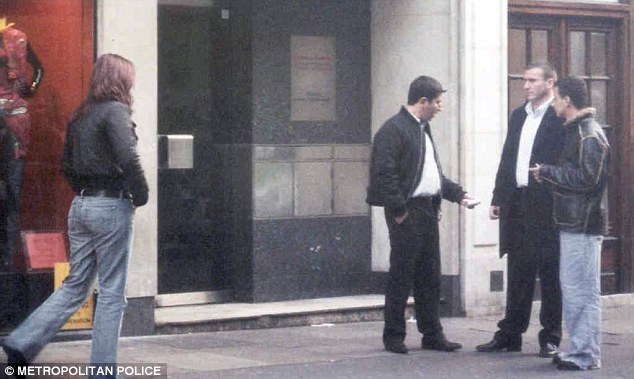 Before anyone claims these statistics on arrests of traffickers and clients actually mean something, read this, published at The Other Swedish Model the other day.
Before anyone claims these statistics on arrests of traffickers and clients actually mean something, read this, published at The Other Swedish Model the other day.
Swedish sex-buying statistics: What do they mean?
We live in times where crime statistics are often used to try to prove some social theory or another. Swedish police have just announced that lots more people were caught buying sex in Sweden this year. Those who dislike Sweden’s law against buying sexual services might be tempted to say that these statistics somehow prove that the law is dysfunctional (which might suggest it should be scrapped, for instance). Alternatively, those who like the Swedish law might say that these statistics prove that the problem of men buying sex is much huger and scarier than anyone knew before (which might lead to the conclusion that the law should be strengthened, for example). Both guesses would like to correlate two facts but do not prove any cause-effect relationship.
Does the increase mean more people are buying or selling sex? No. It means the government has injected a large amount of money into trying to find customers, pimps, networks, websites and traffickers involved in sex markets. The same happens with any social phenomenon when there’s an influx of money to investigate: investigators find more, which is often interpreted as uncovering a new, more sinister reality.
Swedish police themselves reject any such interpretation. Note, too, that the Skånian statistics are ascribed to surveillance of the Internet that police hadn’t carried out before. Note these numbers describe cases reported, nothing else. We don’t know how many cases had to be thrown out, were completely unfounded, etc etc.
Big increase in prostitution reports
27 Jul 10, The Local
During the first half of 2009 a total of 148 people were reported for paying prostitutes for sex. The number for the same period this year was 770. A large part of the rise – 430 cases – was due to the discovery of a major prostitution ring in Jämtland county, north-western Sweden. But even when these cases are discounted, the figures had more than doubled.
But police said the dramatic increase was probably not due to a sudden rise in the number of men visiting prostitutes. Rather, they credit increased measures to tackle prostitution and human trafficking. An extra 40 million kronor has been allocated this year to pay for training and strengthening of the police’s operations against the sex trade. “The figures are absolutely a result of the fact that the police have been given the means to dive deep into this,” said Chief Inspector Kajsa Wahlberg, who advises the government on human trafficking issues.
The national pattern was reflected in Sweden’s major cities. In Skåne, which includes Malmö, some 20 cases of paying for sex were reported during the whole of 2009. So far this year, 50 cases have been reported. There, the extra money has been used to increase internet monitoring of the sex trade, which has resulted both in more reports of people paying for sex and in a fall in street prostitution.
Västra Götaland, which includes Gothenburg, also saw a big increase in reports: “I wouldn’t say that everything is hunky-dory. But it’s a big increase and it’s clear that we can be pleased with the good results,” said Mats Palmgren, deputy head of the police in greater Gothenburg.

Pingback: Swedish Law | Prostitution | Sexköpslagen | Statistics | Police … | Sweden
Pingback: Swedish Law | Prostitution | Sexköpslagen | Statistics | Police …
Pingback: What do Sex-Buying Statistics Mean? | Jessica Land